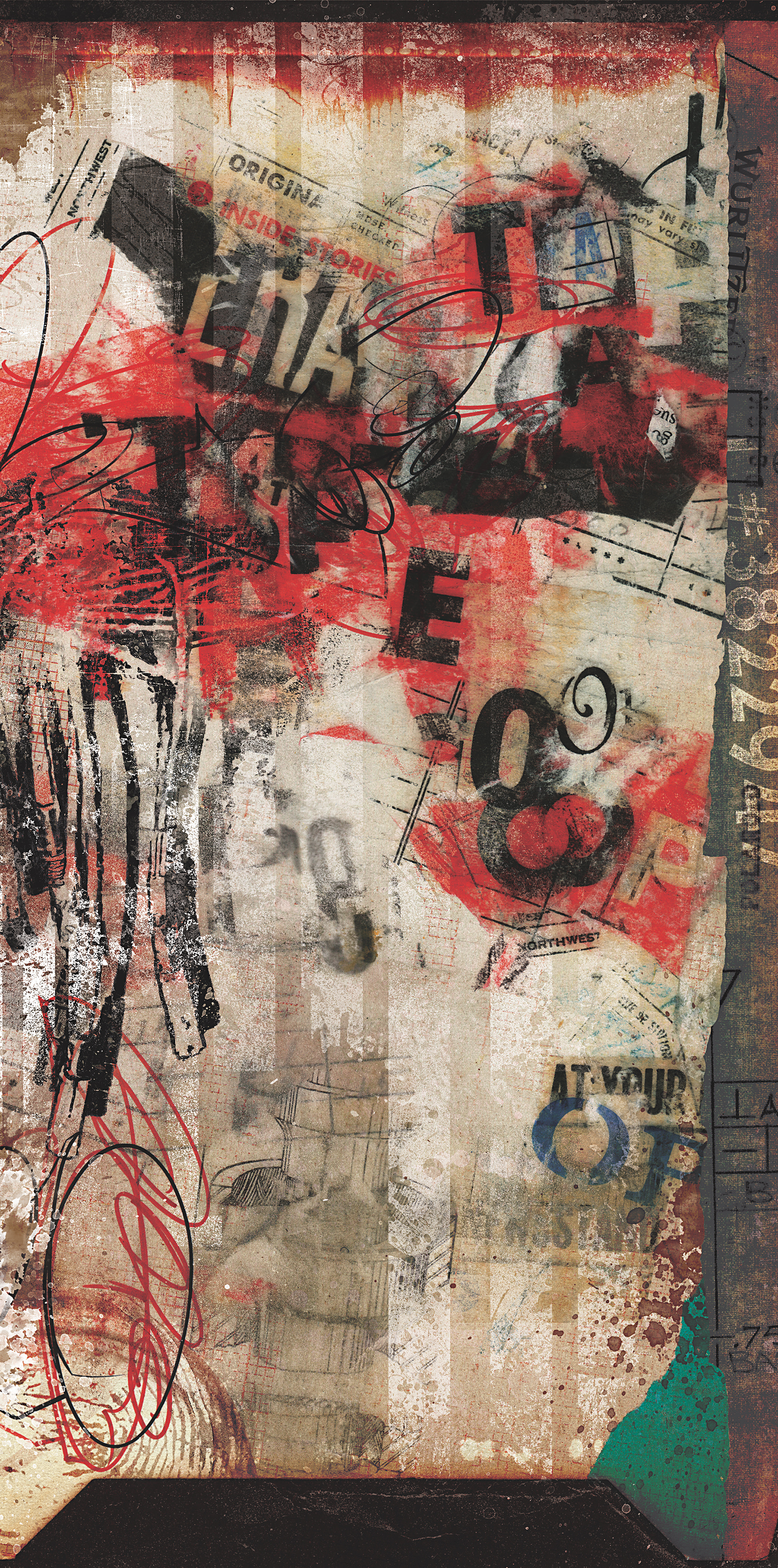SPL is back with a new 500 Series module called BiG, cleverly sub-titled “Stereo Image Bigger Maker” (yes, really!). Given that it is a stereo unit, the BiG takes up two slots in a 500 Series rack, but all controls are singular and adjust the left and right channels simultaneously. On the surface, it looks like a simple piece of gear with only three knobs and two switches on the front panel, but don’t worry, there’s a lot happening under the hood.
The two Stereo Image Shaping controls at the top are Range and Stage. They work together to refine the frequency area where BiG’s processing will be focused and then the front-to-back placement of that process in relation to the unprocessed audio. The Range control is labeled High at the furthest counterclockwise position and Open at the opposite end of the knob’s travel. This knob appears to act like a high-pass filter when in the High position and only allows processing on higher frequencies. Similarly, the filter moves lower as the knob moves clockwise to the Open setting, allowing more and more of the audio into the processing. The Stage function allows the processed signal to get pushed back in the stereo image or remain right up front. To my ears, Stage sounds like a low-pass filter working on the sides’ (left and right only, no mid) signal.
The Range and Stage controls set the specifics of the processing in BiG, followed by the Bigness knob which is the largest and centrally located control on the unit. It’s not quite a traditional wet/dry feature, as some processing is still audible in the Min (minimum) position. At the Max (maximum) setting, the original audio can be quite hard to decipher depending on the settings of Range and Stage.
Since much of the processing in BiG is happening to frequencies where our ears are most sensitive (mids and upper mids), the process can sometimes start to thin out the original signal, which is where the Bass switch comes into play. Engaging the Bass switch brings in a bass boost generated by a passive filter within the circuit. I found this to be quite handy in preventing the processing from thinning out the sound too much.
In use, I found BiG to be much more helpful on synths, effects, and buses where I wanted to add some extra imaging or width to help parts stand out in a mix without having to turn them up in volume. This brought in some very interesting character to these sounds. It also worked well in parallel on an aux bus, so I could send as much or as little of any channel for some “magic fairy dust” enhancement. I was less enamored when trying it on the mix bus, as it always felt a bit heavy-handed in that application. However, as with any piece of gear, I’m sure there’s an application where it would be entirely appropriate sitting on someone’s mix bus!
SPL has created a truly unique product with the BiG. I can’t think of another piece of gear that does what BiG does, so congrats to SPL for not trying to reinvent another audio wheel, but instead choosing always to push forward!




_disp_horizontal_bw.jpg)